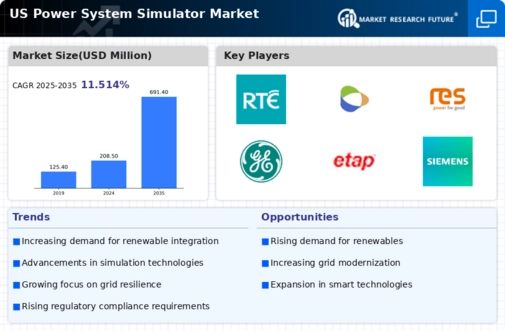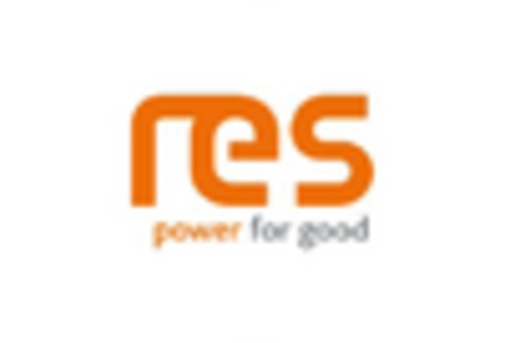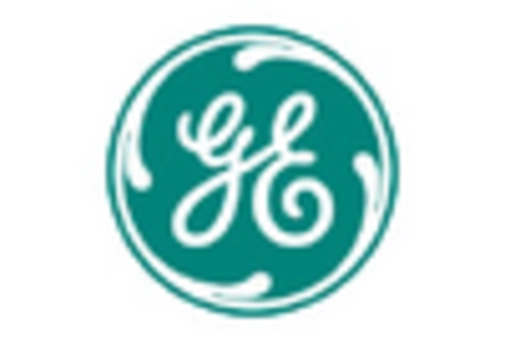The US Power System Simulator Market has been experiencing dynamic changes due to the increasing complexity of energy systems and the rising demand for reliable and sustainable power solutions. As a vital tool in energy management, power system simulators play a crucial role in grid analysis, operational planning, and investment decisions. The competition in this market is driven by technological advancements, regulatory changes, and the need for cost-effective solutions.
A wide array of companies is vying for market share, leveraging their unique capabilities and innovations to cater to a growing customer base that includes utilities, government agencies, and private sector companies. With a keen focus on enhancing energy efficiency and resilience, the competitive landscape is characterized by an increasing emphasis on integrating renewable energy resources, improving grid reliability, and optimizing performance in real-time.SYNAPSE has established itself as a strong player in the US Power System Simulator Market, leveraging its profound expertise in simulation software and analytics for power system modeling.
The company is renowned for its robust modeling capabilities, which provide comprehensive insights into the technical and economic aspects of power systems. SYNAPSE's solutions are designed to meet the demands of a variety of stakeholders, from utilities to regulatory bodies, enhancing decision-making processes across the energy landscape in the U.S. Its strengths lie in the adaptability of its simulation models, which can be tailored to address specific regional and operational challenges.
Moreover, SYNAPSE's commitment to integrating innovative technologies with user-friendly interfaces has positioned it favorably among its customers, making it a trusted partner in the evolving power system simulation market.RTE, as a key actor in the US Power System Simulator Market, offers a suite of advanced simulation tools and services aimed at enhancing grid management and operation. The company has carved a niche for itself by providing high-fidelity simulations that help industry players assess and optimize power system performance. RTE's product portfolio includes real-time monitoring systems, predictive analytics, and consulting services tailored to the unique needs of U.S. energy providers.
Its strengths are evident in its ability to deliver comprehensive solutions that incorporate cutting-edge research and technological innovations, allowing clients to efficiently manage the complexities of modern energy grids. Additionally, RTE has pursued strategic partnerships and collaborations within the US market to strengthen its position, demonstrating agility in adapting to evolving industry demands. Key mergers and acquisitions have further helped RTE expand its service offerings and market reach, solidifying its role as a prominent entity within the competitive landscape of power system simulation solutions in the United States.


















Leave a Comment